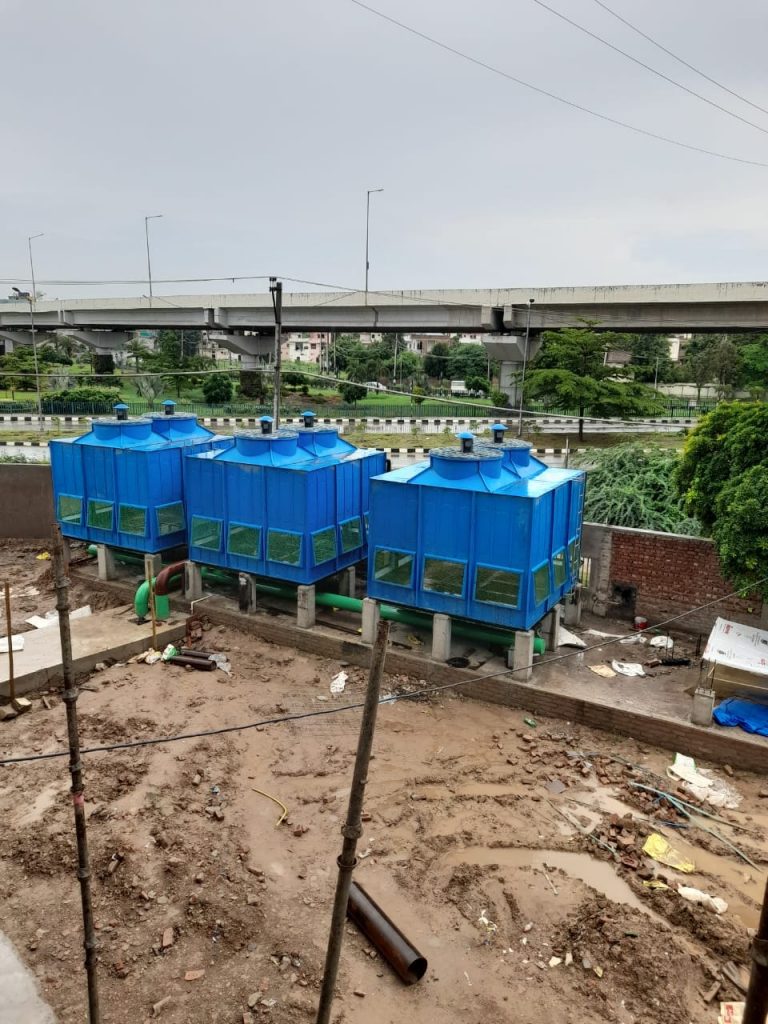Honeycomb Packing (Structured Fill) in Cooling Towers
Honeycomb packing, also known as structured fill, is an advanced type of cooling tower fill media designed for maximum thermal efficiency and low energy consumption. Its unique hexagonal cell structure (resembling a beehive) optimizes air-water contact while minimizing pressure drop, making it ideal for high-performance cooling applications.
How Honeycomb Packing Works
- Water Distribution: Hot water is evenly sprayed over the top of the honeycomb fill.
Film Formation: Water flows down the geometric cell walls, forming an ultra-thin,
- turbulent film.
- Airflow Interaction: Cooling air passes perpendicularly (crossflow) or vertically (counterflow), maximizing heat absorption.
- Cooled Water Collection: Chilled water gathers in the basin for recirculation.
Key Features of Honeycomb Packing
- PVC, polypropylene (PP), or ceramic (for corrosive environments).
- Hexagonal or sinusoidal channels for uniform water distribution.
- Low air resistance (reduces fan power consumption).
- 20–30% more efficient than standard film fill due to structured geometry.
Advantages of Honeycomb Packing
Disadvantages
Where is Honeycomb Packing Used?
- Data centers (precision cooling for servers).
- Power plants (high-efficiency closed-loop systems).
- Chemical processing (corrosion-resistant ceramic versions).
- HVAC systems (energy-conscious commercial buildings).
